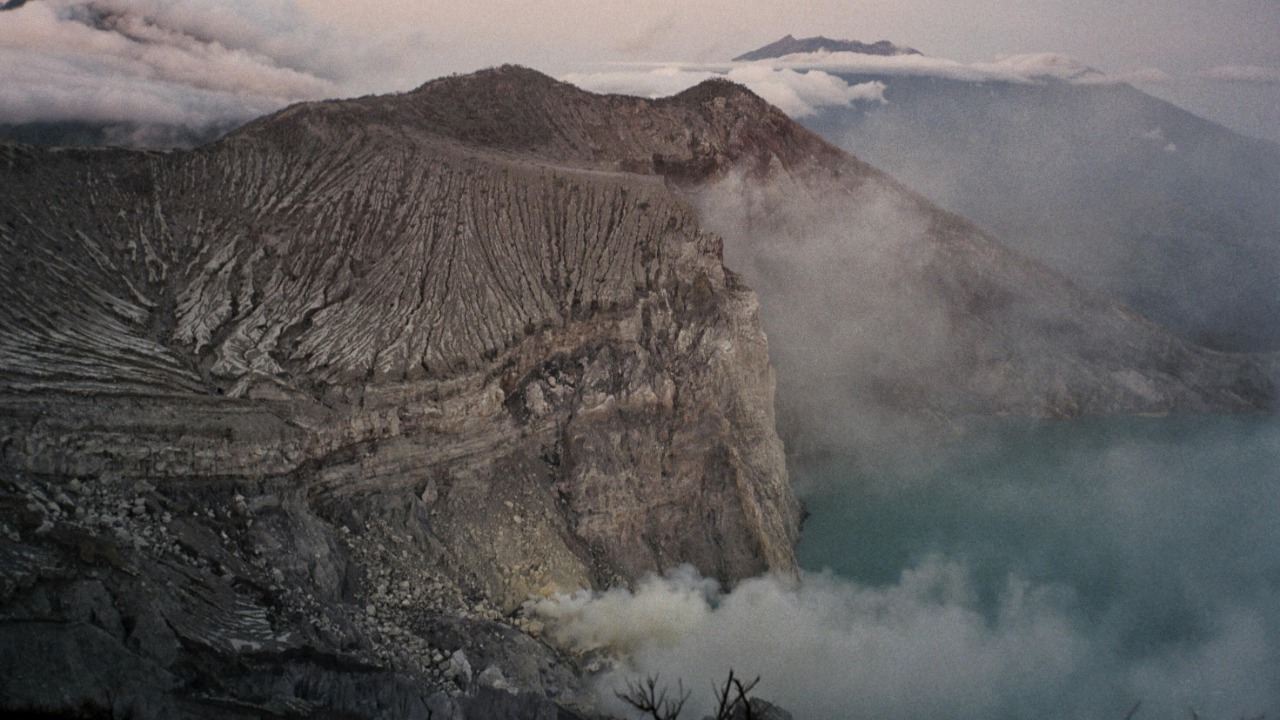
Throughout history, humans have marveled at the remnants of ancient civilizations, often pondering whether an even older, advanced society might have existed long before us. The possibility of a pre-human advanced civilization raises intriguing questions and invites us to examine the clues that could suggest their existence. Here are seven fascinating clues that might point to the existence of such a civilization.
1. Ancient Megalithic Structures

One of the most compelling clues lies in the ancient megalithic structures found around the world. Sites like Stonehenge, the Pyramids of Giza, and Göbekli Tepe showcase architectural prowess that baffles modern engineers. These structures not only demonstrate advanced engineering skills but also suggest a deep understanding of astronomy and mathematics.
While mainstream archaeology often attributes these marvels to known ancient civilizations, the sophistication and purpose of some structures remain a mystery. Some theories propose that they could be remnants of a forgotten civilization with capabilities far beyond what we typically associate with ancient societies.
2. Unexplained Advanced Technologies

Throughout history, there have been discoveries of technologies and artifacts that seem too advanced for their time. The Antikythera mechanism, an ancient Greek analog computer, is an example that raises questions about the technological capabilities of earlier civilizations. Its complexity suggests a level of technological understanding that was not thought possible for its era.
Additionally, the Baghdad Battery, a set of clay jars that some believe could have been used for electroplating, points to the potential existence of early electrical technology. These artifacts challenge our understanding of technological progress and hint at the possibility of lost knowledge from an advanced society.
3. Out-of-Place Artifacts

The discovery of out-of-place artifacts (OOPArts) often fuels speculation about ancient advanced civilizations. These objects, found in geological strata that do not match their age or technological context, such as the London Hammer or the Coso Artifact, offer tantalizing clues about the past.
While some OOPArts can be explained by natural processes or modern contamination, others defy easy explanation. These enigmatic items invite us to consider the possibility that they are remnants of a civilization that once thrived and left behind traces of its existence.
4. Mythologies and Ancient Texts

Mythologies and ancient texts from cultures around the world often describe advanced societies or golden ages that predate known history. The stories of Atlantis, the Vedic texts of ancient India, and the Sumerian legends of advanced beings all suggest the possibility of an ancient, advanced civilization.
While these accounts are often dismissed as mere myth, some researchers propose that they contain kernels of historical truth. These narratives, passed down through generations, may preserve the memory of a lost civilization that once flourished on Earth.
5. Geological Anomalies

Certain geological formations and anomalies have sparked interest in the potential existence of advanced civilizations. The Piri Reis map, for instance, depicts parts of the world with accuracy that seems beyond the capabilities of 16th-century cartographers. Some speculate that this map could be based on far older sources, possibly created by a forgotten civilization.
Similarly, the discovery of submerged structures off the coast of Japan and India has led to speculation about cities lost to rising sea levels. These geological anomalies challenge our understanding of history and suggest the need for a broader exploration of Earth’s past.
6. Advanced Prehistoric Maps

Prehistoric maps that display a surprising level of accuracy have led some to speculate about the existence of advanced cartographic knowledge. The Piri Reis map, for example, shows the coastlines of South America and Antarctica with remarkable precision, suggesting that early mapmakers had access to advanced surveying techniques.
While mainstream historians often attribute such maps to chance or later additions, the accuracy and detail of these maps raise questions about the sources of their information. Could they be remnants of a lost civilization with advanced mapping capabilities?
7. Sudden Extinction Events

Sudden extinction events in Earth’s history, such as the end of the last Ice Age, have led some to consider the possibility of lost civilizations. The Silurian Hypothesis suggests that an advanced civilization could have existed millions of years ago, only to be wiped out by a cataclysmic event.
While the evidence for such a civilization is sparse, the abrupt nature of these extinction events invites us to consider the possibility of advanced societies that vanished without a trace. As we continue to explore Earth’s history, these events offer a fascinating avenue for further research.